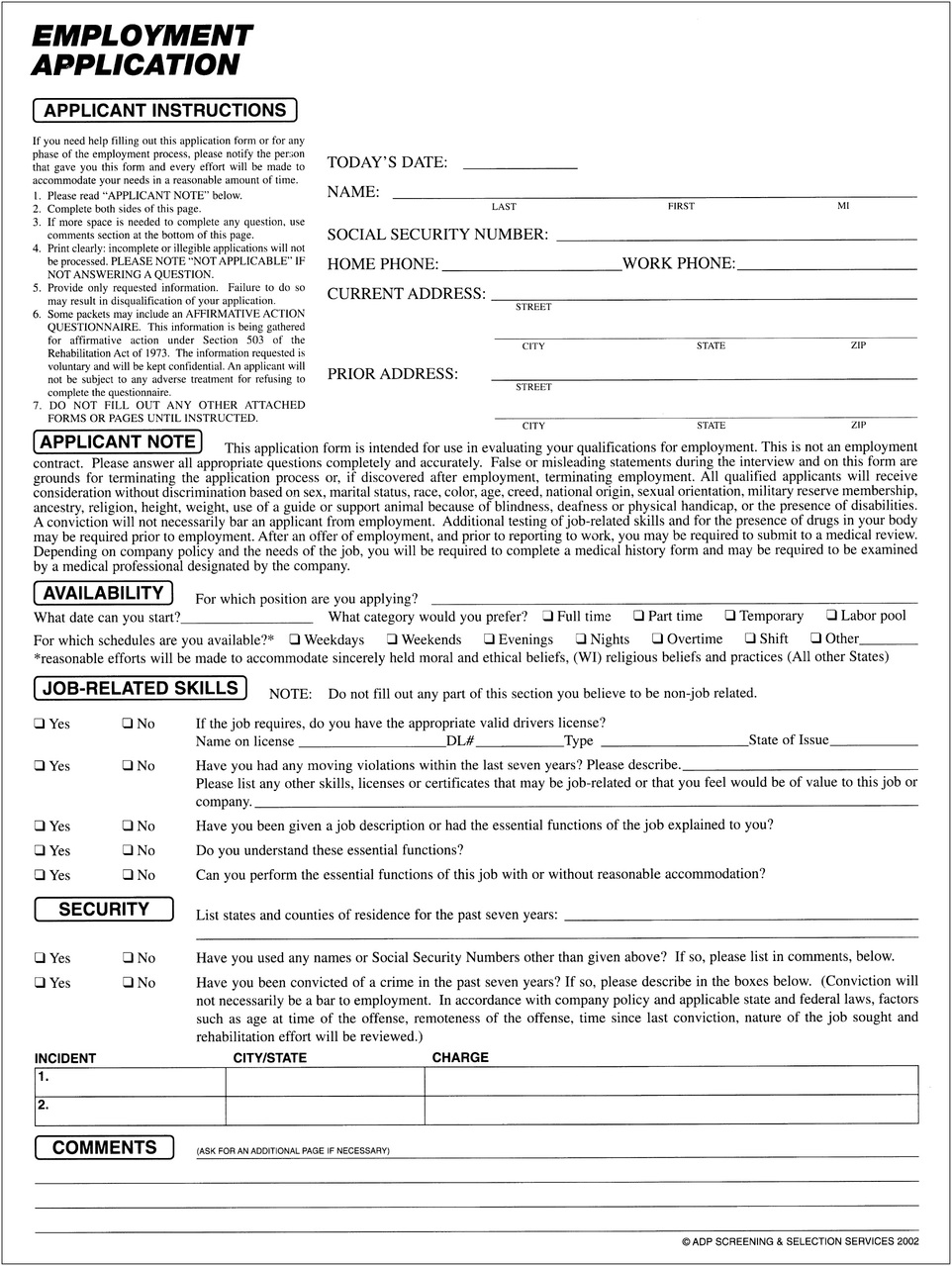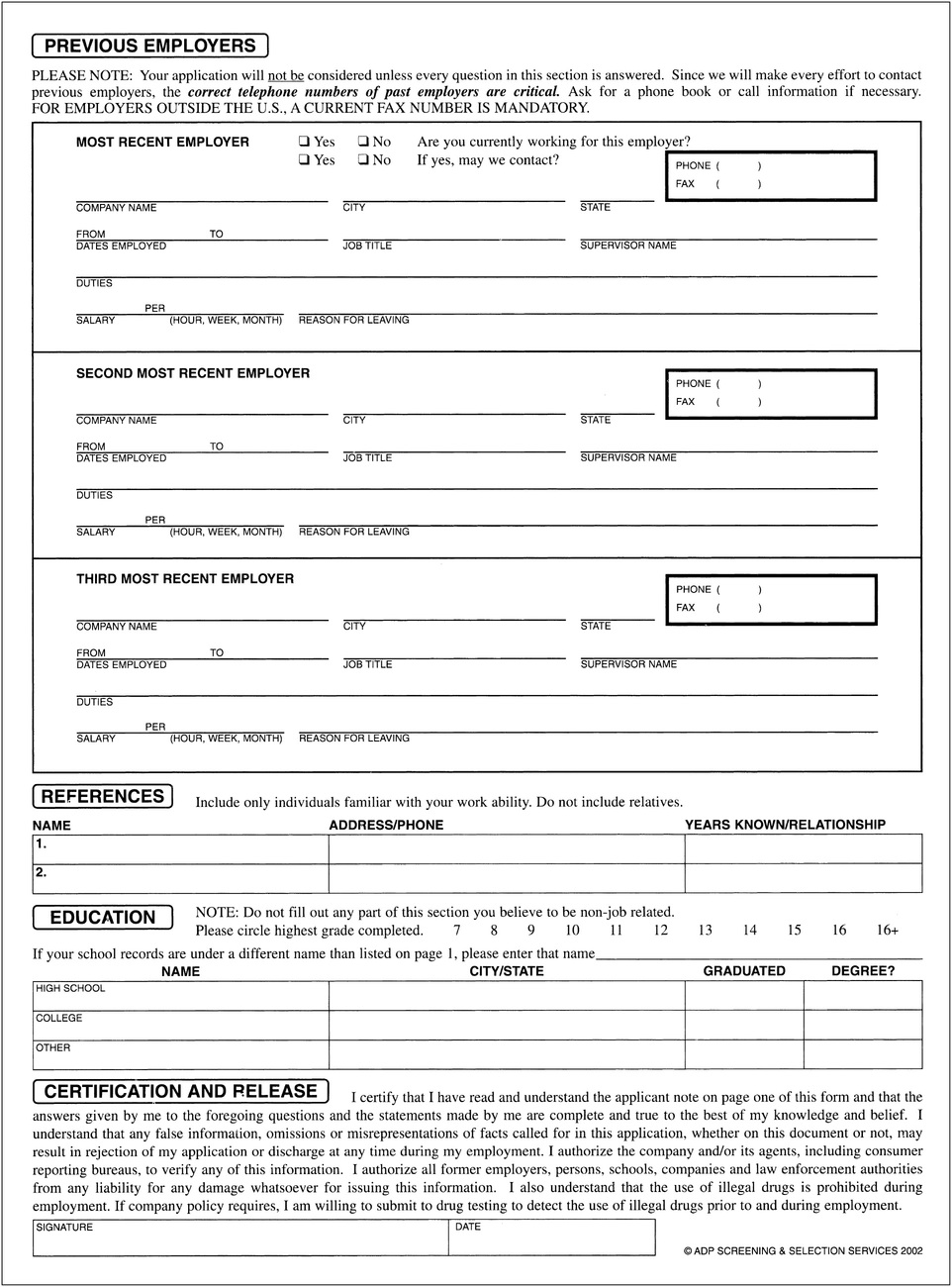Getting a Job
Objectives
• Define the key terms and key abbreviations in this chapter.
• Identify the sources for jobs and places to work.
• Describe what employers look for when hiring staff.
• Describe the qualities and traits needed to work in home care settings.
• Explain how to complete a job application.
• Identify the documents to keep in an education and work history file.
• Describe in-person, phone, and video interviews.
• Explain how to prepare and dress for an interview.
• Identify common interview questions.
• Explain how to conduct yourself during an interview.
• Describe the questions you cannot be asked during an interview or on a job application.
• Explain what to do after an interview.
• Explain how to accept or decline a job offer.
• Explain how to promote PRIDE in the person, the family, and yourself.
Successfully completing a nursing assistant training and competency evaluation program (NATCEP) gives you a valuable credential for employment. And it may be a step toward becoming a registered nurse (RN) or licensed practical nurse/licensed vocational nurse (LPN/LVN).
During your NATCEP or after, you will likely focus on getting a job. This chapter will help you do so in a professional and efficient manner.
Sources of Jobs
There are easy ways to find out about jobs and places to work.
• Local and state employment services
• Agencies you would like to work at
• People you know—instructor, family, and friends
• Your school’s or college’s job placement counselors
• Your clinical experience site
Your clinical experience site is an important source. The staff observe students as future employees. They look for good work ethics. They watch how students treat patients, residents, and co-workers. They look for the qualities and traits described in Chapter 6—being caring, dependable, considerate, cheerful, trustworthy, respectful courteous, conscientious, honest, cooperative, enthusiastic, self-aware, and patient and having empathy. If your clinical agency is not hiring, the staff may suggest other places to apply.
What Employers Look For
If you owned a business, who would you hire? Your answer helps you better understand the employer’s point of view. Employers want staff who:
To function well, you need good work ethics. Review Chapter 6 and the “Ethics and Laws” sections in the Focus on PRIDE boxes at the end of each chapter to help you develop positive attitudes and work practices.
Being dependable is important. You must be at work on time and when scheduled. Undependable people cause everyone problems. Other staff have extra work. Fewer staff give care. Quality of care suffers. Supervisors spend time trying to find out if the person is coming to work. They also have to find someone to cover for the absent employee. You want co-workers to work when scheduled. Otherwise, you have extra work. You have less time to spend with patients and residents. Likewise, co-workers expect you to work when scheduled.
Applicants who look good communicate many things to the employer. You have 1 chance to make a good first impression. A well-groomed person will likely get the job. A sloppy person with wrinkled or dirty clothes may not get the job. Nor will someone with body or breath odors. See p. 865 for how to dress for an interview.
See Focus on Long-Term Care and Home Care: What Employers Look For.
Job Skills and Training
Employers need to know that you have the required job skills. The employer checks the nursing assistant registry and requests proof of successful NATCEP completion. To prove NATCEP completion, an employer will accept 1 or more of the following.
Give the employer a copy of your certificate, transcript, or grade report. Never give the original to anyone. Keep originals in a safe place for future use. Some employers want a transcript sent directly from the school or college.
See Focus on Long-Term Care and Home Care: Job Skills and Training.
Job Applications
A job application is an agency’s official form listing questions that require factual answers (Fig. 56-1, pp. 862–863). Personal information (legal name, address, phone number), employment history, education, qualifications, and references are examples.


You get a job application from the personnel office (human resources office) or on-line. If the application is on paper, you use a pen to complete the form. You can complete the application at the agency. Or you can take it home for return by mail or in person. You must be well-groomed and behave pleasantly when seeking or returning a job application. It may be your first chance to make a good impression.
On-line job applications require a computer. Follow the agency’s instructions for completing an on-line application.
Completing a Job Application
To complete a job application, follow the guidelines in Box 56-1. How you fill out the application may mean getting or not getting the job. Often the application is your first chance to impress the employer. A neat, readable, and complete application gives a good image. A sloppy or incomplete one does not.
A job application is easier to complete if you have a file of your education and work history. The file should contain:
• A copy of your high school diploma or general equivalency diploma (GED).
• A copy of any grade reports, degrees, certificates, or military training.
• A copy of your NATCEP certificate of completion.
• Nursing assistant registry information for each state in which you are registered or licensed.
• Copies of communications with your state’s nursing assistant registry agency.
• Copies of court records for criminal convictions.
• A copy of your Social Security card.
• Names, addresses, and phone numbers of references.
• Names, addresses, and phone numbers of current and past employers. Include:
• Dates employment started and ended
• Proof of in-services attended and continuing education units (CEUs).
When requesting a job application, also ask for the agency’s nursing assistant job description (Chapter 3).
The Job Interview
A job interview is when an employer asks a job applicant questions about his or her education and career. The employer gets to know and evaluate you. You learn about the agency.
The interview may be at the time when you complete the job application. Some agencies schedule interviews after reviewing applications. An interview may be conducted by 1 person or 2 or more people.
When an interview is scheduled, write down the interviewer’s name and the interview date and time. If you need directions to the agency, ask for them when the interview is scheduled.
When expecting a call from the agency, answer your phone. Do not let your phone go to an answering machine or voice mail. If circumstances are such that the caller has to leave a message, make sure your greeting is appropriate and professional.
Types of Interviews
Interviews may be in-person, by phone, or by video. You need good communication skills. (See Chapters 7 and 9.)
Stay updated, free articles. Join our Telegram channel

Full access? Get Clinical Tree


